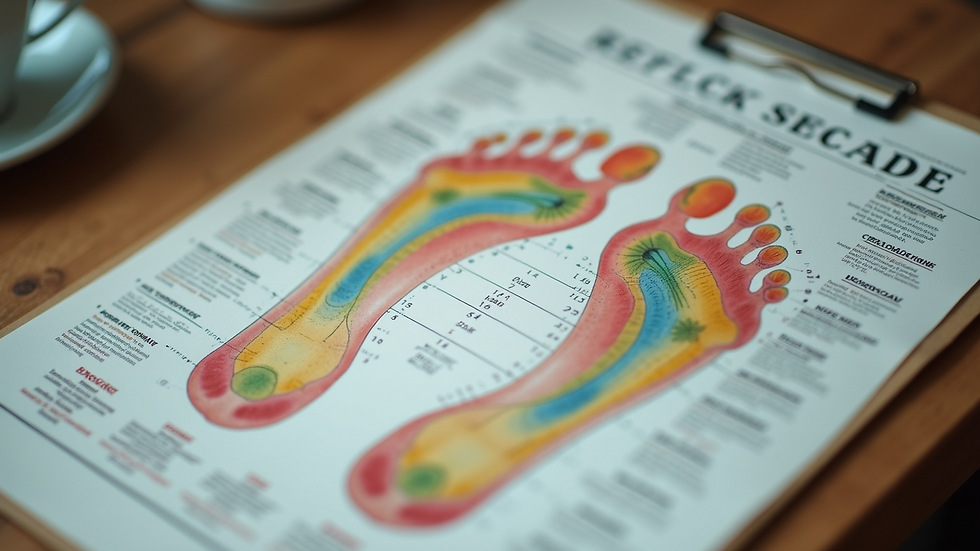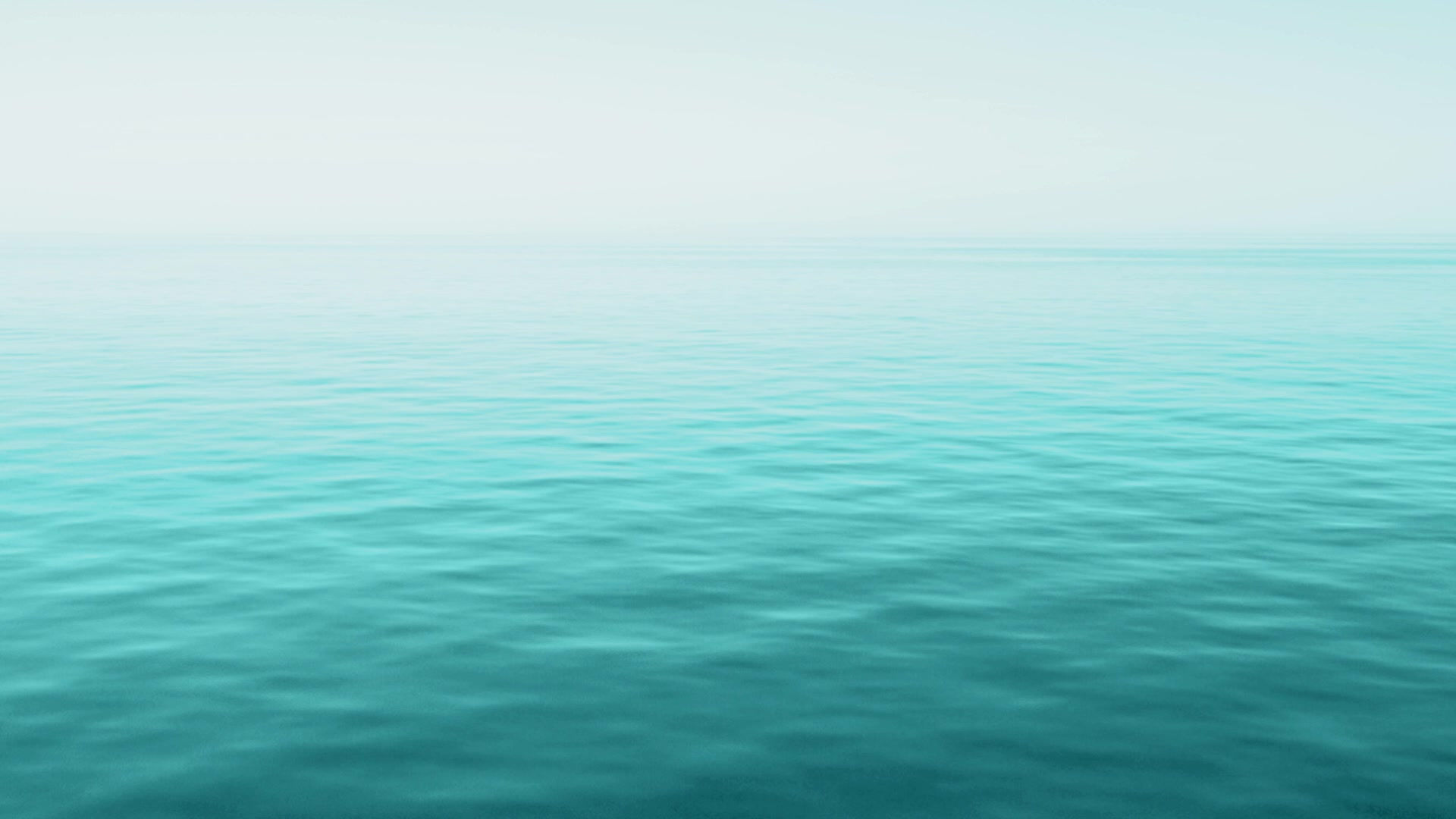Reflexology Techniques to Ease Anxiety
- Sep 2
- 5 min read
Anxiety is that unwelcome guest who shows up uninvited, overstays their welcome, and messes with your peace of mind. If you’re reading this, you’re probably done with surface-level fixes and ready to dig deeper. You want something real, something that works, and something you can do yourself without turning your life upside down. That’s where reflexology anxiety techniques come in. These aren’t just fancy foot massages; they’re a powerful, science-backed way to reset your nervous system and reclaim your calm.
Let’s get real, healing isn’t about magic or quick fixes. It’s about showing up for yourself, doing the work, and using every tool in your kit. Reflexology is one of those tools. It’s accessible, effective, and surprisingly simple once you know what you’re doing. So, buckle up. I’m here to coach you through it with warmth, honesty, and a little sass to keep things interesting.
How Reflexology Anxiety Techniques Work
Reflexology is based on the idea that specific points on your feet, hands, and ears correspond to different organs and systems in your body. When you apply pressure to these points, you stimulate your body’s natural healing processes. Think of it as hitting the reset button on your nervous system.
Anxiety often triggers a fight-or-flight response, flooding your body with stress hormones like cortisol and adrenaline. Reflexology helps calm this response by activating the parasympathetic nervous system, the part responsible for rest and digestion. This shift can reduce heart rate, lower blood pressure, and ease muscle tension.
Here’s the kicker: reflexology isn’t just about physical relaxation. It also encourages emotional release and mental clarity. When you work on those reflex points, you’re telling your brain it’s safe to let go of worry and tension. It’s like giving your mind a gentle nudge to stop spiraling and start healing.
Key Reflex Points to Target for Anxiety
Solar Plexus Point: Located in the centre of the foot, just below the ball. This spot is your stress control centre.
Pituitary Gland Point: Found in the middle of the big toe. Stimulating this helps balance hormones that affect mood.
Lymphatic System Points: Found on the web between the toes. These help detoxify and reduce inflammation, which can worsen anxiety.
Head and Brain Points: Tips of the toes. These encourage mental calm and focus.
Try applying firm but gentle pressure with your thumb or fingers, using small circular motions. Spend about 2-3 minutes on each point. You can do this daily or whenever anxiety creeps in.

Reflexology Anxiety Techniques You Can Do at Home
You don’t need to book an appointment or buy fancy equipment to start. Reflexology is one of those self-care practices that puts the power in your hands (or feet). Here’s a simple routine to get you started:
Set the Scene
Find a quiet, comfortable spot. Dim the lights, play soft music, or light a candle. This isn’t just about reflexology; it’s about creating a moment of peace.
Warm Up Your Feet
Rub your feet together or soak them in warm water for 5-10 minutes. Warm muscles respond better to pressure.
Apply Pressure to Key Points
Use your thumb to press the solar plexus point, pituitary gland point, and other areas mentioned above. Use slow, deliberate movements.
Breathe Deeply
Inhale through your nose for 4 seconds, hold for 4, exhale through your mouth for 6. Repeat this breathing pattern while you work on your feet.
Finish with a Gentle Massage
Stroke your feet from heel to toes to relax the muscles and signal the end of your session.
Consistency is key. Even 10 minutes a day can make a difference. And if you want to take it a step further, professional reflexology sessions can amplify these benefits.

What is the Best Remedy for Anxiety?
Let’s cut through the noise. There’s no one-size-fits-all remedy for anxiety. It’s a complex beast that often requires a multi-layered approach. But if you’re asking me, the best remedy combines self-awareness, practical tools, and consistent action.
Reflexology is a fantastic piece of the puzzle because it’s both physical and emotional. It helps you tune into your body’s signals and respond with care. But don’t stop there:
Mindfulness and Meditation: These help you observe your thoughts without getting trapped in them.
Movement and Exercise: Even a short walk can shift your nervous system out of fight-or-flight.
Healthy Sleep Habits: Anxiety loves to thrive on exhaustion.
Nutrition: Foods rich in magnesium, omega-3s, and B vitamins support brain health.
Professional Support: Therapy or coaching can help you unpack deeper patterns.
The best remedy is the one you commit to every day, even when it’s hard. Reflexology for anxiety is a powerful tool in this toolkit, but it works best when combined with other healthy habits.
The Science Behind Reflexology and Anxiety Relief
I get it - you want proof, not just feel-good talk. Reflexology has been studied for its effects on stress and anxiety, and the results are promising.
Research shows that reflexology can:
Lower cortisol levels: The stress hormone that spikes during anxiety.
Reduce heart rate and blood pressure: Indicators of a calmer nervous system.
Improve sleep quality: Which is often disrupted by anxiety.
Enhance mood: By stimulating the release of endorphins and serotonin.
One study found that patients receiving reflexology reported significant reductions in anxiety and depression symptoms compared to control groups. Another showed improved autonomic nervous system balance, meaning better regulation of stress responses.
While reflexology isn’t a magic cure, it’s a scientifically supported way to support your body’s natural ability to heal and regulate stress.

Taking Charge of Your Anxiety with Reflexology
Here’s the truth: no one else can do this work for you. You’ve got to show up, press those points, breathe through the discomfort, and keep going. Reflexology anxiety techniques are a form of self-respect and resilience. They say, “I’m worth this time and effort.”
If you’re ready to move beyond autopilot and start living with intention, reflexology can be your anchor. It’s a gentle but firm reminder that your body and mind are connected, and healing happens when you listen and respond.
If you want to explore professional support, check out reflexology for anxiety for tailored sessions that meet you where you are.
Remember, this journey isn’t about perfection. It’s about progress. You’ve got the tools, the knowledge, and the power. Now, it’s time to take the first step.
You’re not alone in this. I’ve got your back, but you’ve got to do the work. Start small, stay consistent, and watch how your anxiety begins to loosen its grip. Your calm, your balance, your adventure in healing, it’s waiting for you.




Comments